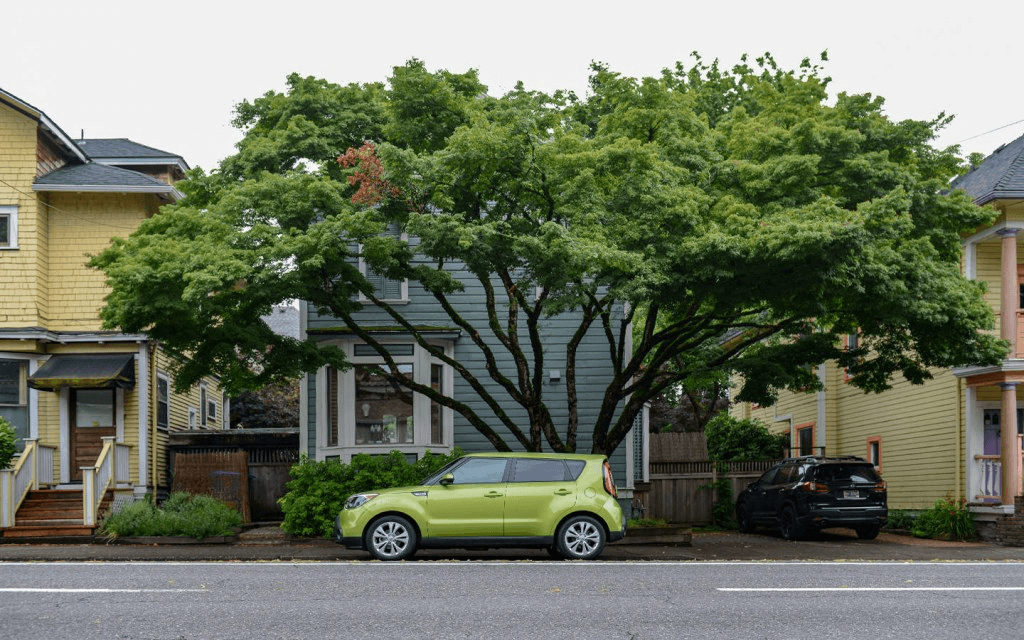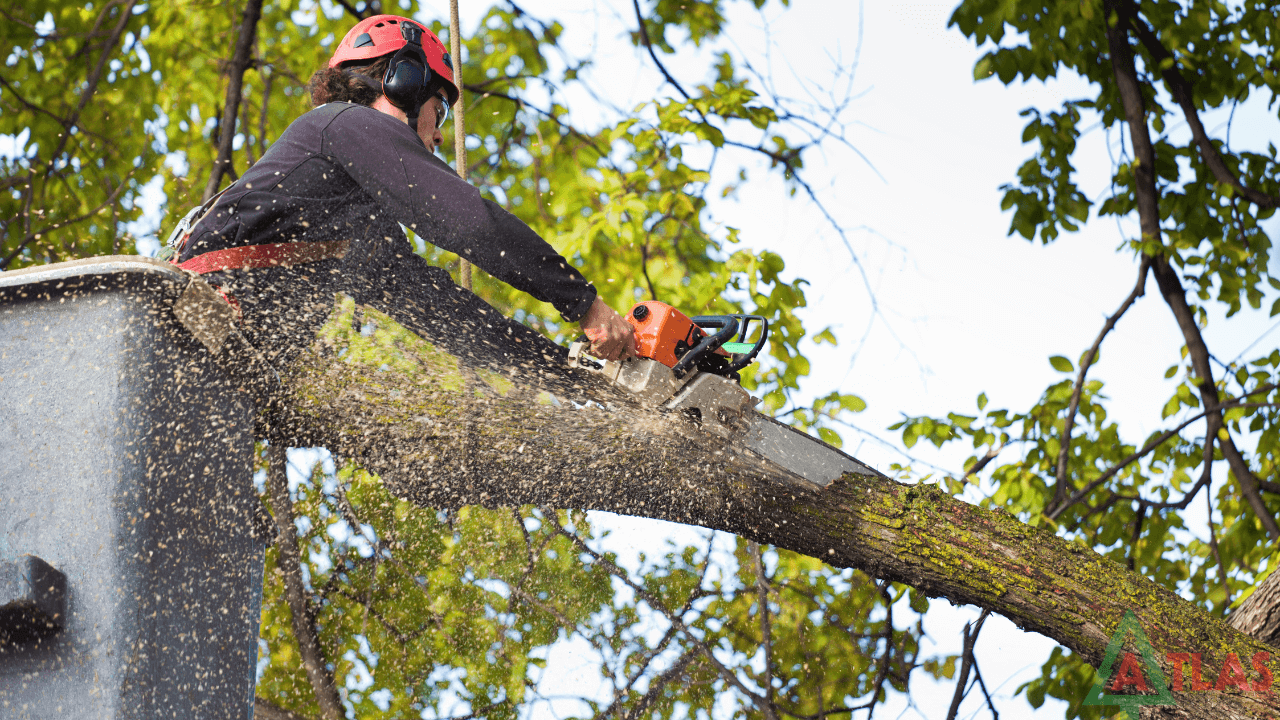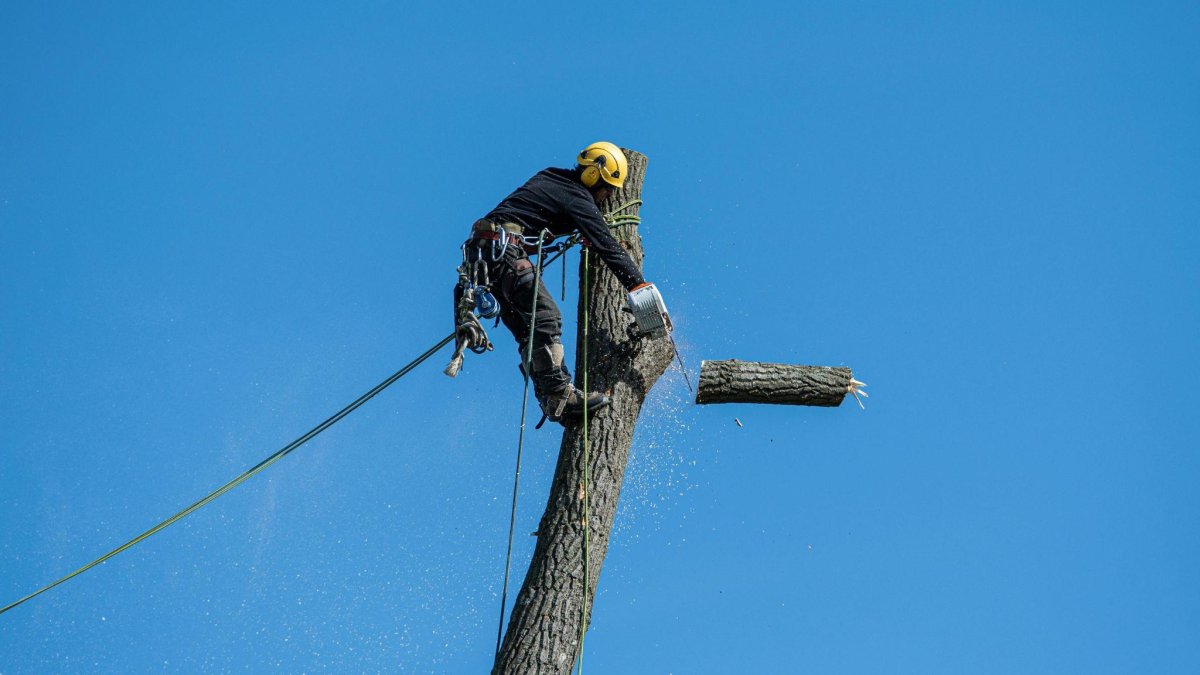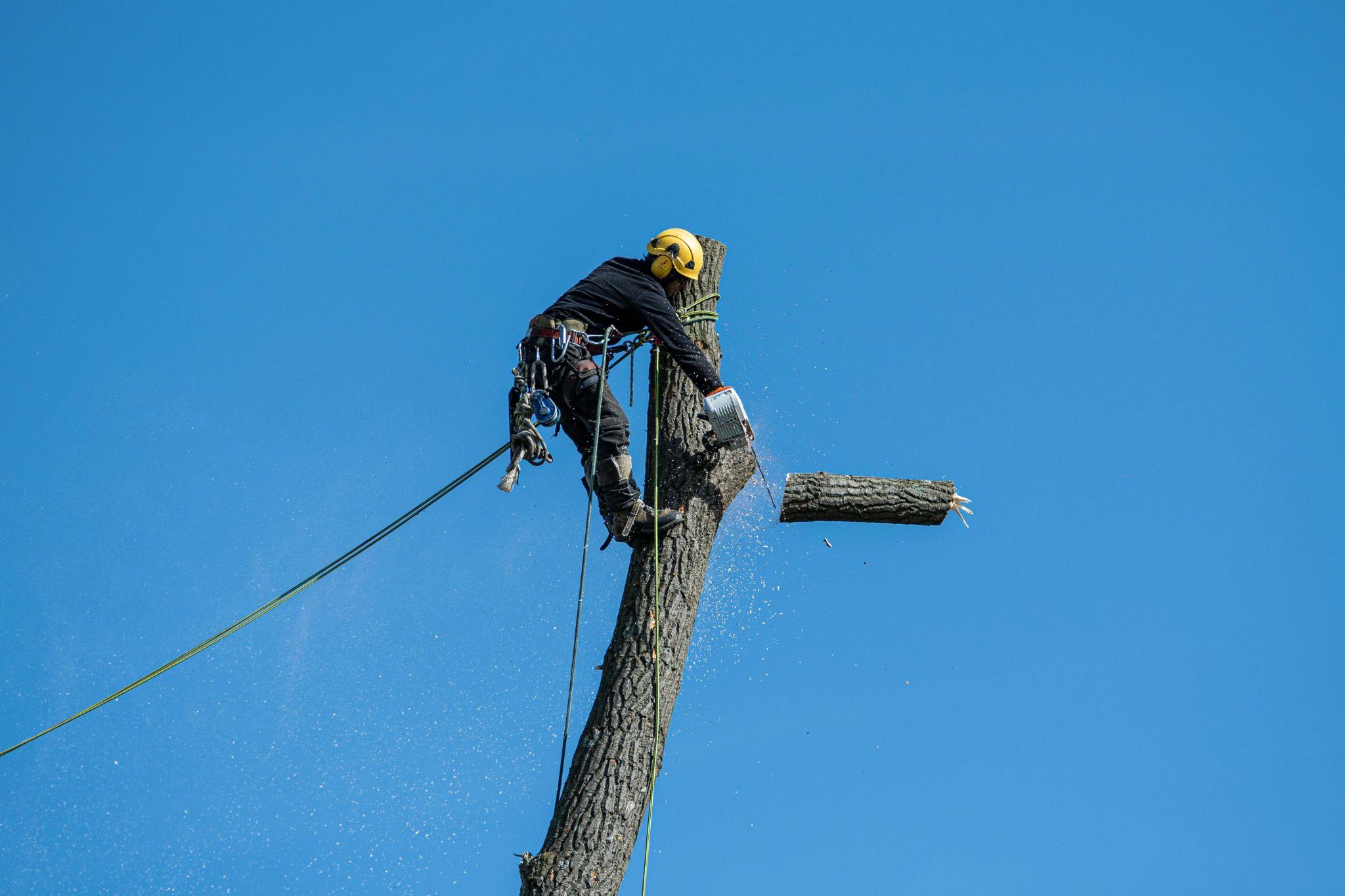Madison, Wisconsin, has long been celebrated for its tree-lined streets, sprawling parks, and dedication to green spaces. But as urban pressures mount—from climate change to development needs—this progressive city is reassessing its approach to tree care, removal, and replacement. Today, a quiet revolution is underway in Madison’s urban forestry policy, one that recognizes that sustainable cityscapes begin not with skyscrapers, but with roots. In this transformation, everything from species selection to stump grinding services in Madison plays a pivotal role in building a greener, safer, and more resilient community.
It’s no longer enough to simply plant trees and hope they thrive. Urban forestry now demands intentional strategy, innovative practices, and equity-driven planning. And in Madison, a city at the forefront of environmental stewardship, municipal officials, arborists, and residents alike are rethinking how to manage, remove, and renew the urban canopy.
Climate Resilience Is Shaping Tree Removal Policy
Madison’s changing climate—marked by hotter summers, erratic rain patterns, and intensified storms—is forcing urban forestry teams to reconsider which trees stay, which go, and which will thrive tomorrow. Tree removal isn’t just reactive anymore; it’s strategic. Trees once considered cornerstones of the city’s canopy, such as ash and Norway maple, are increasingly being retired due to their susceptibility to disease, pests, and structural weakness under extreme weather.
To prepare for a more volatile climate, Madison is shifting toward proactive tree management. Arborists assess health, storm resilience, and root system integrity before making removal decisions, focusing on long-term canopy health rather than short-term aesthetics. This shift means more frequent removals, but also better-prepared green infrastructure. The city now prioritizes removing trees that crowd other species, show early signs of decay, or pose risks to pedestrians and buildings during wind events.
The broader goal? To transition to a more diverse, climate-adapted urban forest that can absorb carbon, manage stormwater, and provide shade—without becoming liabilities. This recalibrated removal strategy ensures that every cut made today paves the way for stronger, healthier growth tomorrow.
Equity and Environmental Justice Are Now Part of the Tree Equation

In cities nationwide, studies show that tree canopy coverage often reflects economic and racial disparities. Madison is no exception. Neighborhoods with higher incomes tend to have better-maintained trees, more park space, and a denser canopy, while historically marginalized communities often experience tree scarcity—and the heat island effect that comes with it.
Madison’s urban forestry division has started confronting this imbalance by integrating equity into removal and replanting efforts. Rather than waiting for residents to report dying or dangerous trees, the city now conducts systematic surveys in underserved areas, ensuring that dead or hazardous trees are removed and replaced promptly. This commitment extends to follow-up services such as stump grinding services in Madison, which are necessary to prepare sites for replanting and prevent regrowth issues.
Stump grinding may seem like a technical detail, but in lower-income neighborhoods, removing the remnants of felled trees restores usable space, improves safety, and signals investment. Every grind represents a reset—a chance to replace aging or dead trees with new, diverse species selected for long-term vitality. It’s a crucial piece of closing the urban nature gap and building a truly green city for all.
Native and Climate-Adapted Species Are Leading the Replanting Charge
Tree removal in Madison doesn’t happen in isolation. Each removal sets the stage for a new planting decision, and increasingly, those decisions are guided by a combination of native ecology and future climate projections. Gone are the days when a few dominant species were planted citywide. Instead, Madison’s reforestation efforts now emphasize biodiversity and resilience.
The city’s forestry team and local non-profits collaborate on selecting trees that support local wildlife, require less maintenance, and tolerate heat and drought. Oaks, hackberries, serviceberries, and even non-invasive exotics that meet ecosystem needs are replacing monoculture blocks. The goal is not just beauty, but adaptability—trees that can withstand the pressures of urban soil compaction, road salt, and rising temperatures.
This replanting strategy is deeply connected to removal and stump clearing. A new tree can’t flourish in compacted, root-filled soil. That’s why stump grinding services in Madison are more than cleanup—they’re ecological preparation. By grinding out the old, Madison ensures that new roots can take hold and contribute to a healthier, more diverse canopy.
Technology and Data Are Driving Smart Forestry Decisions

Urban forestry is becoming as much a science as an art. Madison is now using geographic information systems (GIS), drone imagery, and data analytics to map its canopy, monitor tree health, and guide removal schedules. Each tree on city property is cataloged and tracked for diameter, species, age, condition, and maintenance history.
When it comes to removals, this data-driven approach helps prioritize which trees pose imminent risks versus which can be pruned or monitored. It also allows the city to coordinate removals with infrastructure upgrades, sidewalk repairs, or bike path expansions—saving money and minimizing community disruption.
Private homeowners, too, benefit from this shift. With the city’s guidance and published tools, residents can make informed decisions about their own trees, request stump grinding for safer yards, and even access grants for replanting. The transparency of this approach builds public trust and encourages participation in keeping Madison’s urban forest vibrant and well-managed.
Public Engagement Is Elevating Tree Stewardship Across Neighborhoods
While municipal forestry crews handle public land, a significant portion of Madison’s canopy lives on private property. To create a truly green city, officials are turning to residents as collaborators in tree health and sustainability. Education, outreach, and incentive programs are making a measurable impact.
The city offers workshops on tree identification, pruning techniques, and the benefits of native planting. Community tree-planting days and neighborhood forestry programs encourage a culture of shared stewardship. Residents are also taught to recognize signs of decay or disease, helping them make timely calls for removal and grinding when needed.
One of the more innovative moves is linking stump removal to community beautification. Through subsidized stump grinding services in Madison, the city enables homeowners to convert unsightly stumps into planting beds or lawn space—boosting both safety and curb appeal. As more people understand that good tree care includes timely removal and follow-up, Madison builds a culture that values proactive forestry as a shared civic duty.
Tree Removal Is Becoming Part of Smart Urban Design
In Madison, urban forestry no longer stands apart from housing, transportation, or climate planning. Trees are increasingly being viewed as essential infrastructure. This shift means that tree removal—when done thoughtfully—serves larger goals such as walkability, stormwater control, and public health.
For example, as the city plans new affordable housing developments, officials are working closely with forestry experts to remove poorly placed or deteriorating trees while replanting with intention. This ensures that new housing areas enjoy the benefits of shade and biodiversity without facing future conflicts between tree roots and building foundations.
Similarly, infrastructure projects—such as the redesign of roads, sidewalks, and bike lanes—now include coordinated tree removal and replanting efforts. These projects prioritize maintaining or expanding canopy cover to cool pedestrian corridors, enhance aesthetics, and support sustainability goals. In this way, tree removal is no longer reactive or isolated; it’s aligned with broader visions for a livable, inclusive city.
Jordan Avery
Related posts
Stay connected
- How LoveOn Chat Is Becoming the Most Versatile AI Companion for Digital UsersThe internet keeps shifting toward hyper-personal interaction, and AI companions are at the center of this shift. What used to be simple chatbots are now evolving into emotionally aware, adaptive, and multi-functional digital partners. Among the new generation of platforms, LoveOn Chat is becoming one... The post How LoveOn Chat Is Becoming the Most Versatile […]


